
The persistent controversy surrounding the quality of cough syrups manufactured in India has once again come to the forefront. On December 8th, it was reported that India’s drugs regulator issued an urgent directive to check and verify the source and quality of an ingredient used in cough syrups following the deaths of at least 141 children globally. The issue dates back to 2010 when a survey in New Delhi revealed that 12% of sampled drugs were unauthentic. The concerning question lingers: why has meaningful action taken so long, leaving consumers exposed to potentially harmful medications despite the revelation a decade ago?
The recent – although not that recent – cases of child deaths in Gambia, Uzbekistan, and Cameroon linked to Indian-manufactured cough syrups highlight the gravity of the situation. The World Health Organization (WHO) sounded the alarm in 2022, connecting the deaths of 66 children in Gambia to cough syrups containing “unacceptable amounts of diethylene glycol and ethylene glycol.” Despite this, the Indian government disputed the WHO’s conclusions, emphasizing compliance based on tests conducted by the Central Drugs Laboratory (CDL). This revelation raises concerns not only about the immediate impact on public health but also about the apparent delay in addressing a longstanding issue.
The timeline of events points to a regulatory response that might have been inadequately prompt. Despite mandatory testing for cough syrup exports being introduced in June 2023, it appears that deficiencies persist. Q
Recent reports indicate that over 50 companies in India, accounting for 6% of tested samples, failed quality requirements according to the Central Drugs Standard Control Organization (CDSCO).
Besides, subsequent inspections exposed deficiencies in manufacturing practices, documentation, and self-assessment among pharmaceutical companies. The regulatory gaps, coupled with the decriminalization of certain provisions in India’s Drugs & Cosmetics Act, have created an environment where accountability remains elusive. The magnitude of this failure, considering the global impact, raises concerns about the thoroughness and effectiveness of the regulatory framework.
Besides, subsequent inspections exposed deficiencies in manufacturing practices, documentation, and self-assessment among pharmaceutical companies. The regulatory gaps, coupled with the decriminalization of certain provisions in India’s Drugs & Cosmetics Act, have created an environment where accountability remains elusive.
The global repercussions of these lapses have been felt in Nepal, which blacklisted 16 Indian pharmaceutical companies in December 2022 for failing to comply with WHO quality manufacturing standards. The case in Uzbekistan involving Marion Biotech, accused of distributing contaminated cough syrup and bribing officials to skip mandatory quality testing, further amplifies the need for comprehensive regulatory measures. These incidents point to a pattern of negligence, questionable manufacturing practices, and a lack of adherence to quality standards by certain Indian pharmaceutical companies.
Despite these developments, the fundamental question persists: why has it taken so long to address the longstanding issue of substandard drugs from India? The international community must reflect on whether existing frameworks are robust enough to prevent such occurrences or if additional measures are needed to ensure the safety and efficacy of pharmaceutical products worldwide.
Bringing an international law perspective into the discussion, the question of accountability for substandard drugs becomes complex. While international agreements such as the Agreement on Trade-Related Aspects of Intellectual Property Rights (TRIPS) address certain aspects of intellectual property and public health, there is a notable gap in explicit regulations governing pharmaceutical quality. The absence of a specific clause addressing the manufacture and distribution of substandard drugs poses a significant challenge in holding countries accountable for lapses in their pharmaceutical industries.
As the global community grapples with the aftermath of these controversies, it becomes imperative to consider the development of international legal frameworks that explicitly address the safety and quality of pharmaceutical products. A clause within international law stipulating standards for drug manufacturing and strict consequences for non-compliance could serve as a powerful deterrent against the production and export of substandard drugs.
The data underlines the magnitude of the Indian pharmaceutical industry, contributing 20% of the global demand for drugs and 60% of vaccines used worldwide. But, the success story lies in the export of generics, which currently account for 70% of India’s export revenue from the pharma sector.
Considering the sheer scale of the Indian pharmaceutical industry, valued at an estimated US$42 billion in 2021 and projected to reach $130 billion by 2030, the stakes are high for India.
The controversy surrounding India’s cough syrups serves as a stark reminder of the urgent need for comprehensive international regulations on pharmaceutical quality. The cases of Gambia, Uzbekistan, and other affected countries underscore the global repercussions of lax quality control.
The pertinent question remains: will the international community, United Nations agencies, and India itself take decisive steps to bridge the regulatory gap and prevent further tragedies caused by substandard drugs or will the world witness a continuation of the status quo, risking the lives of vulnerable populations and perpetuating the regulatory gaps in the pharmaceutical industry?
Hence, as a matter of fact, the economic and global health implications demand a collaborative effort to establish clear guidelines and enforceable standards that protect public health and ensure the safety of pharmaceutical products across borders. The world watches to see if nations will rise to the challenge and uphold the integrity of the pharmaceutical industry, safeguarding the well-being of populations worldwide preventing further tragedies.
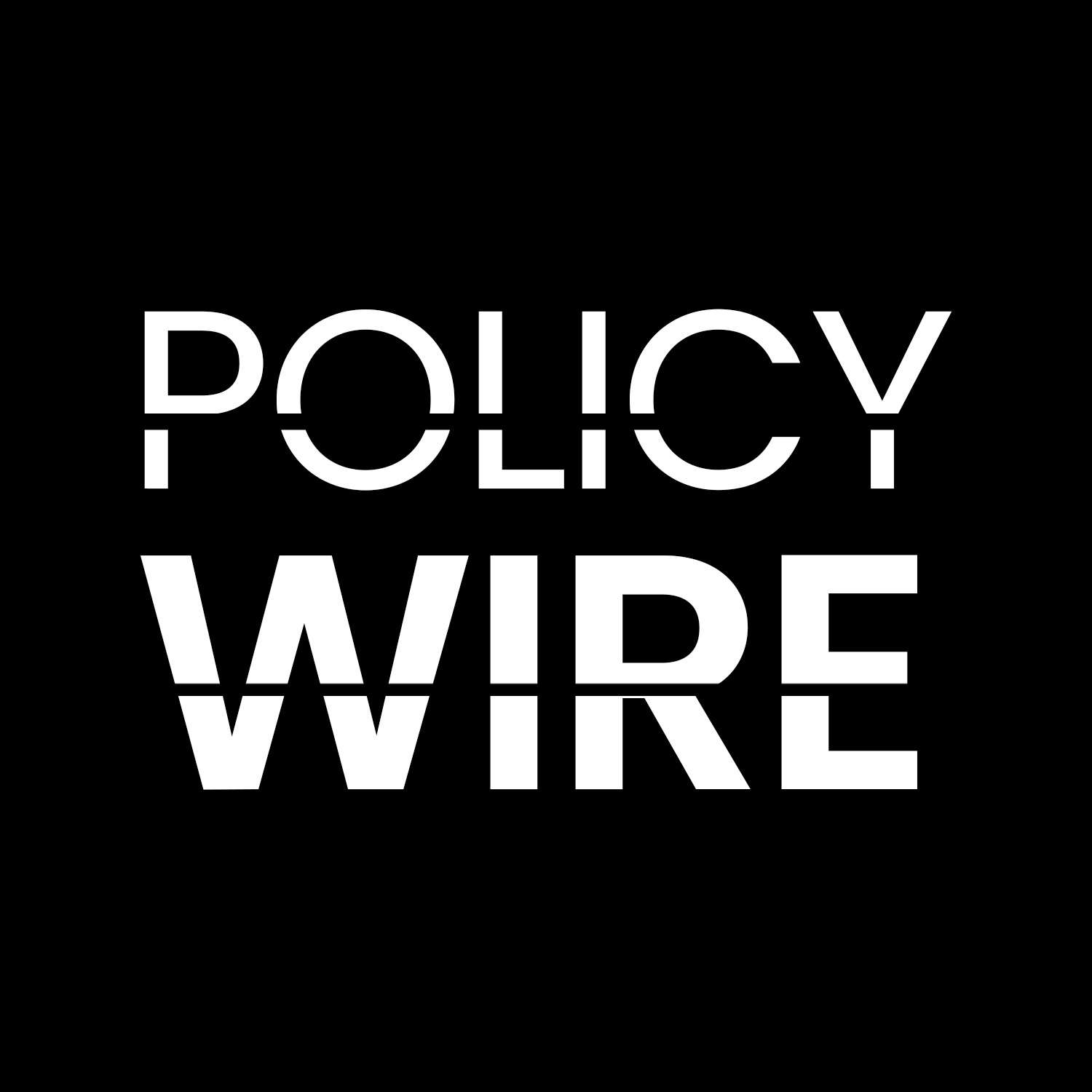
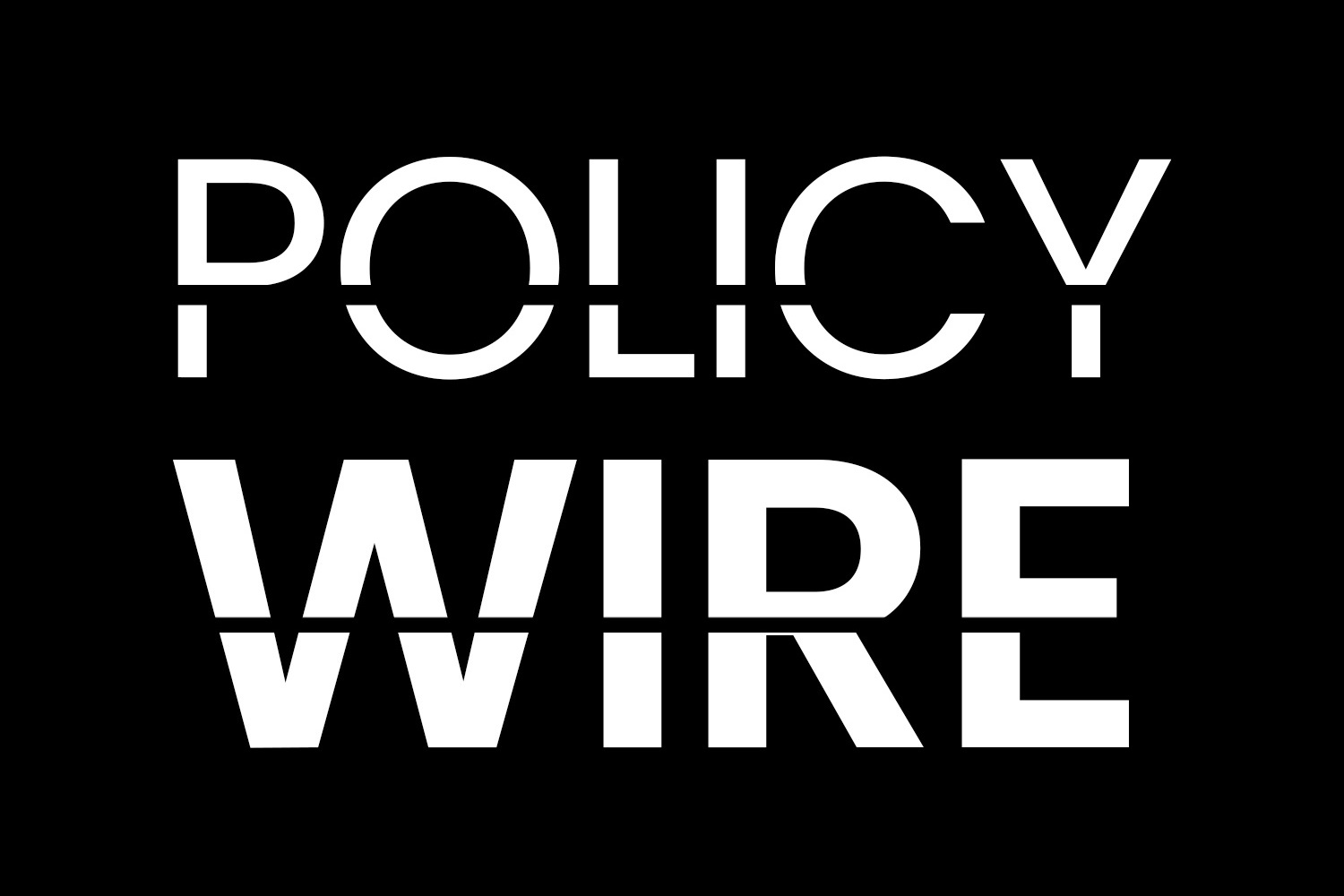



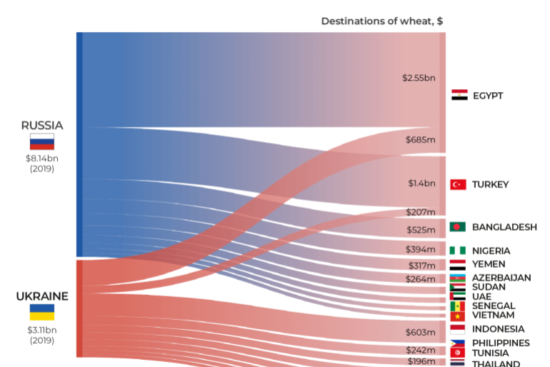

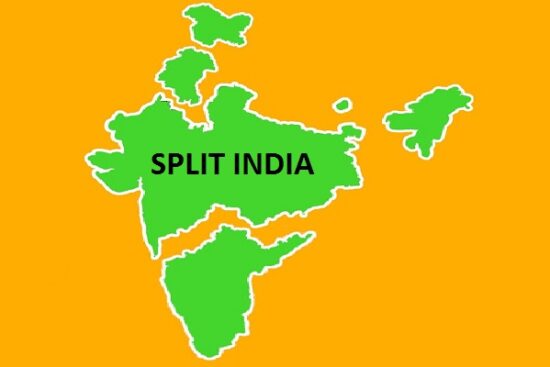
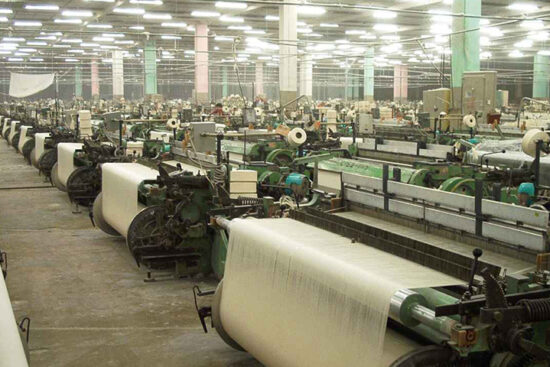









Leave a Reply